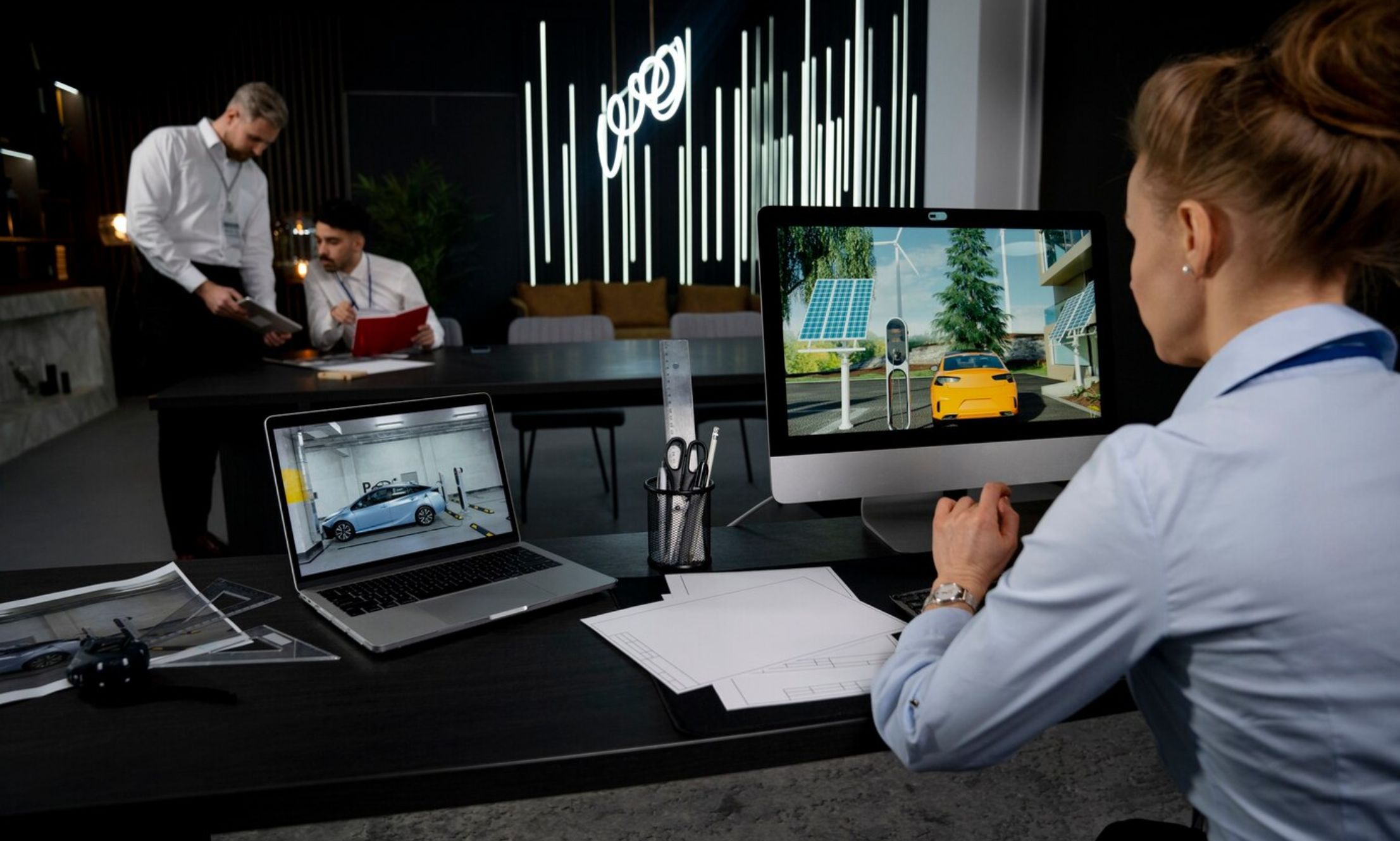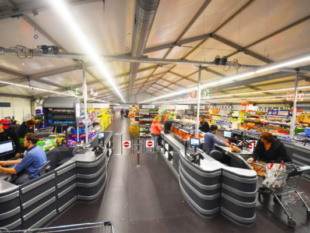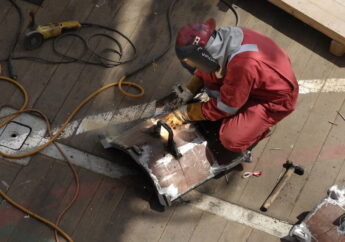The Anatomy of an Effective Alarm & Monitoring System for Businesses
by Barsha Bhattacharya Business 31 March 2025

What would happen if something went wrong at your business right now? A fire starts. Someone breaks in. Or the temperature in a server room spikes. Would you know? Would your team act fast enough? Would the system in place actually do what it’s supposed to?
That’s the test of a good alarm and monitoring system. It’s not about having flashy cameras or loud sirens. It’s about whether the whole setup works together to prevent loss, protect your people, and keep operations running. A lot of businesses have the basics. Fewer have systems that actually perform when it counts.
It’s Built for the Environment, Not Just Installed Anywhere
No two businesses are the same. A warehouse isn’t a medical facility. A retail store has different needs from a data centre. So, copying and pasting a standard setup across every site? It doesn’t work. Effective alarm and monitoring systems Adelaide and beyond start with proper design. That means understanding:
- Where your physical vulnerabilities are
- What kinds of threats are most likely
- How people move in and out of the space
- What needs to stay secure, and what needs to stay online
Once that’s clear, then it’s about layering protection the right way—sensors, detectors, access points, cameras—all working in sync. Not scattered tools doing their own thing.
Real-Time Monitoring Is the Backbone
An alarm that makes noise and nothing else? That’s yesterday’s solution. For a system to actually protect a business, it has to do more than alert whoever happens to be nearby. It needs to notify the right people instantly, with the right details.
That includes alerts to phones, desktops, or an external monitoring service. And those alerts shouldn’t be vague. They need to tell you exactly what’s happening: movement in the warehouse at 2 am, smoke detected in a back office, or a door forced open after hours.
With real-time info, people can make real-time decisions. That’s the difference between managing a threat and dealing with the fallout.
Everything Should Talk to Each Other
You don’t want your fire alarm doing its thing while your access control has no idea a breach just happened. Integration is key.
In an effective setup, systems don’t operate in isolation. They’re connected—so if a smoke detector triggers, nearby doors can unlock automatically. If someone forces entry, cameras start recording, and security is notified.
This creates a closed loop where every event has a chain reaction, and nothing slips through the cracks. It’s more efficient and far more secure.
Simple Enough for Anyone to Use
It doesn’t matter how high-tech a system is if your staff can’t use it properly. A good alarm and monitoring system should be straightforward. That means intuitive controls, clear displays, and sensible alerts. People shouldn’t need a manual just to disarm it, or worse, ignore it altogether because it’s too complicated.
False alarms are a perfect example. If they happen too often, people stop taking them seriously. And when a real issue comes up? No one reacts fast enough. That’s a dangerous place to be. So, simplicity isn’t about dumbing it down. It’s about designing the system so it fits your people, not just the tech team.
More Than Just Security
Most people think of alarms as crime deterrents—and yes, that’s a big part of it. But modern systems do more than stop intruders. They can help spot equipment failures before they cause damage. Detect leaks or humidity issues. Alert you if the temperature in a refrigeration unit drops below a safe level.
For businesses that rely on stock, technology, or consistent conditions, this kind of monitoring is just as important as keeping the front door locked. It’s not always about theft. Sometimes, it’s about preventing losses from within.
A System That Grows With You
What works for your business today might not cut it next year. You might move buildings. Add more storage. Open new locations. Hire more staff. A rigid system becomes a problem when your business evolves.
That’s why flexibility is a non-negotiable feature. You should be able to add zones, update permissions, and expand the network without needing to start over. Scalable setups save time, money, and future frustration.
They also let you respond to new threats as they emerge, whether that’s an increase in break-ins in the area or new compliance rules you need to meet.
Routine Checks Keep It Reliable
Even the best setup needs regular upkeep. Cables wear out. Sensors get dusty. Backups fail. Routine maintenance ensures your system doesn’t become a false sense of security.
That means:
- Checking detectors and cameras
- Testing alerts and notifications
- Making sure backups and power sources work
- Updating software to keep everything current
It’s worth setting a recurring schedule; monthly walkarounds, quarterly system tests, and a yearly full check. If you’re relying on it to protect your people and property, it deserves regular attention.
You Can’t Fix What You Don’t See
One often overlooked part of a proper system is reporting. When something goes wrong or almost goes wrong, you need a record.
That includes:
- Logs of who accessed what and when
- History of triggered events
- Confirmation of who responded, and how
It’s not just about accountability. These records help you improve, refine, and adapt your setup over time. They also back you up if there’s ever a dispute, audit, or insurance claim. If you’re not reviewing these reports, you’re missing half the value of the system.
Not All Systems Are Equal
There’s a big gap between systems that just make noise and systems that actually keep your business safe. The difference comes down to planning, integration, and clarity. You want something that responds intelligently, adapts with your needs, and doesn’t leave your team guessing when things go wrong. Because when things do go wrong, you won’t get a second chance to wish the system was better.
Make Security a Silent Strength
A good alarm and monitoring setup isn’t something you should think about every day. It should work quietly in the background, alerting you only when it needs to and giving you total confidence that when it does, it’s doing exactly what it’s meant to.



































































































